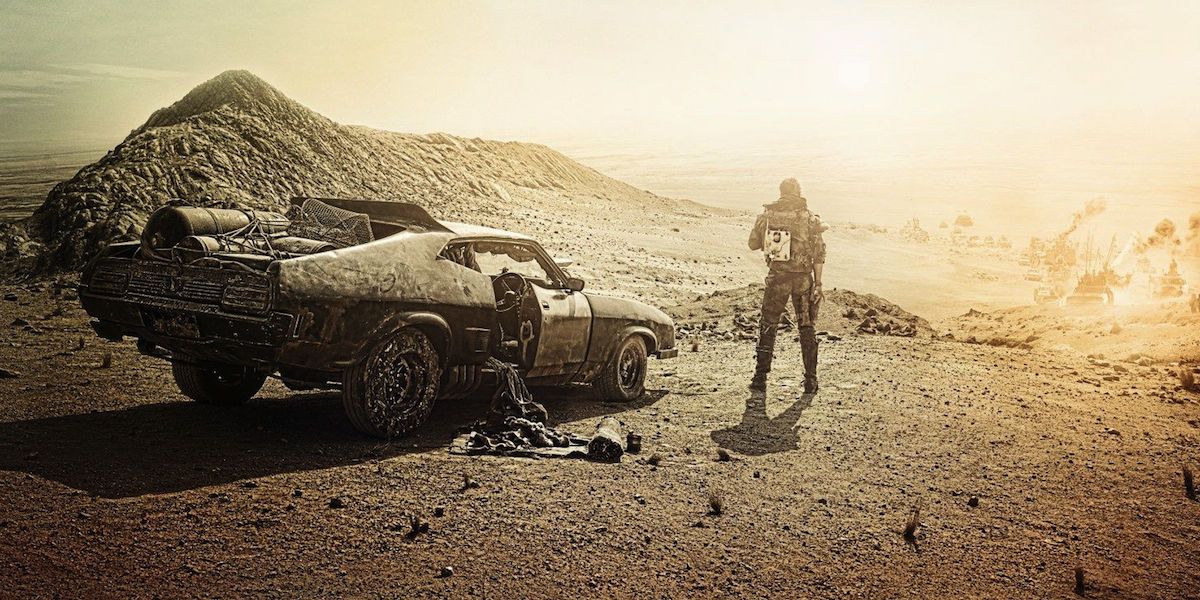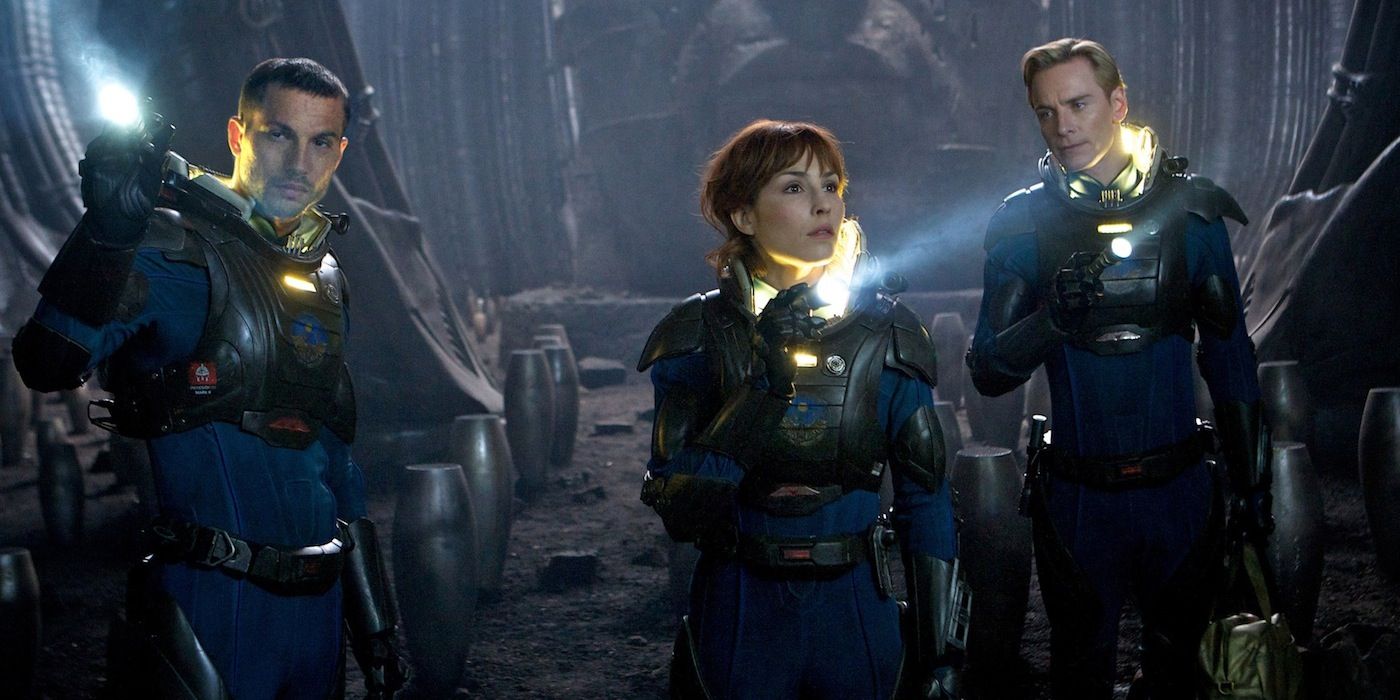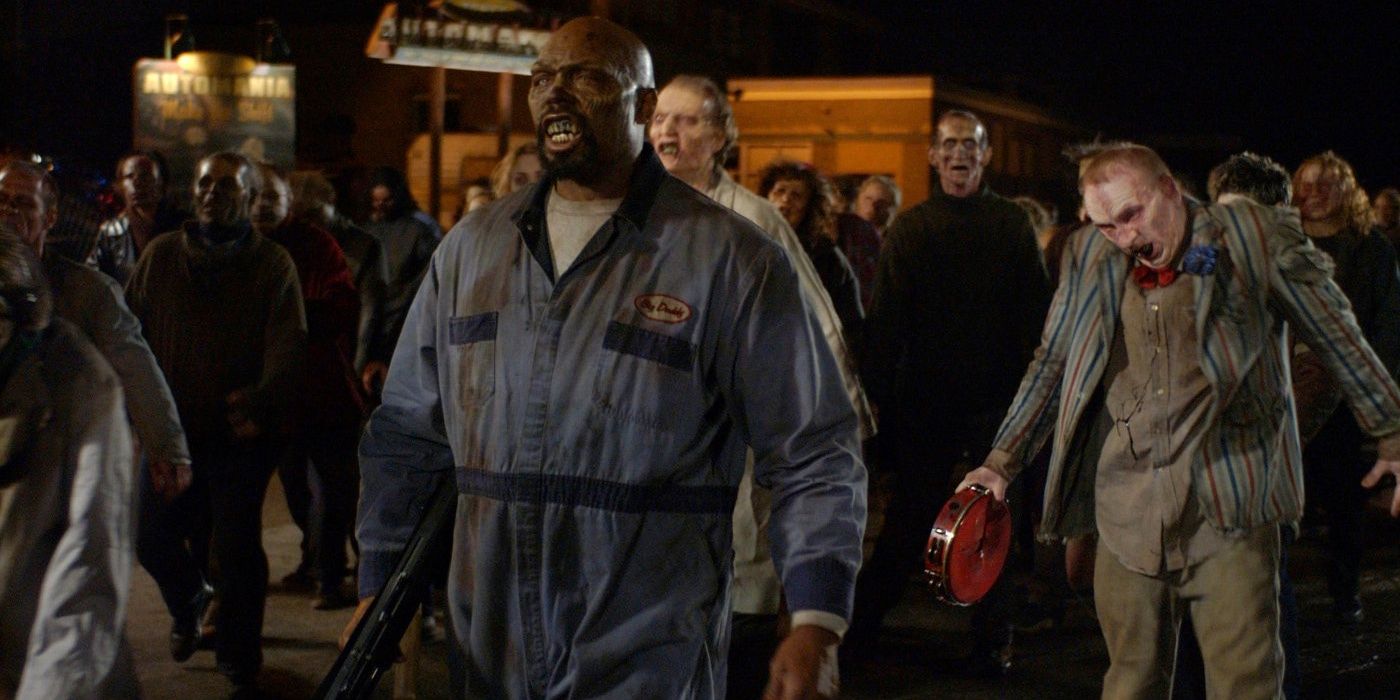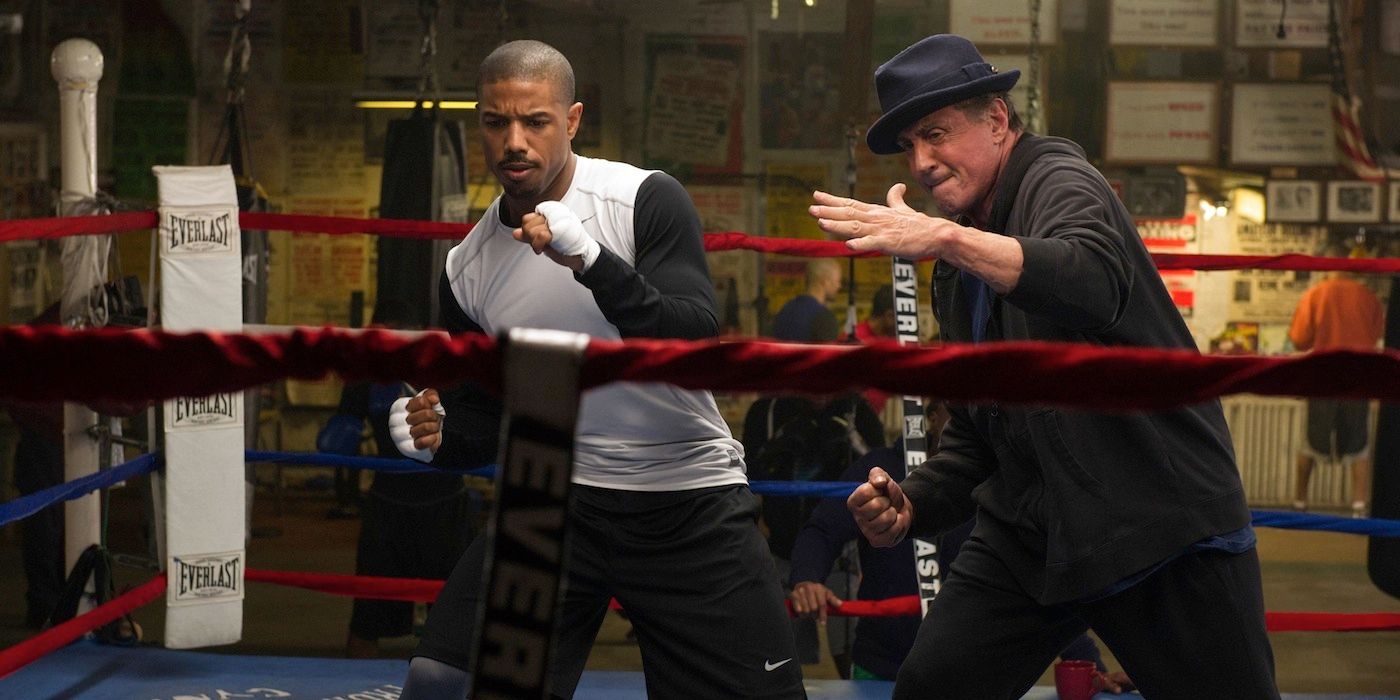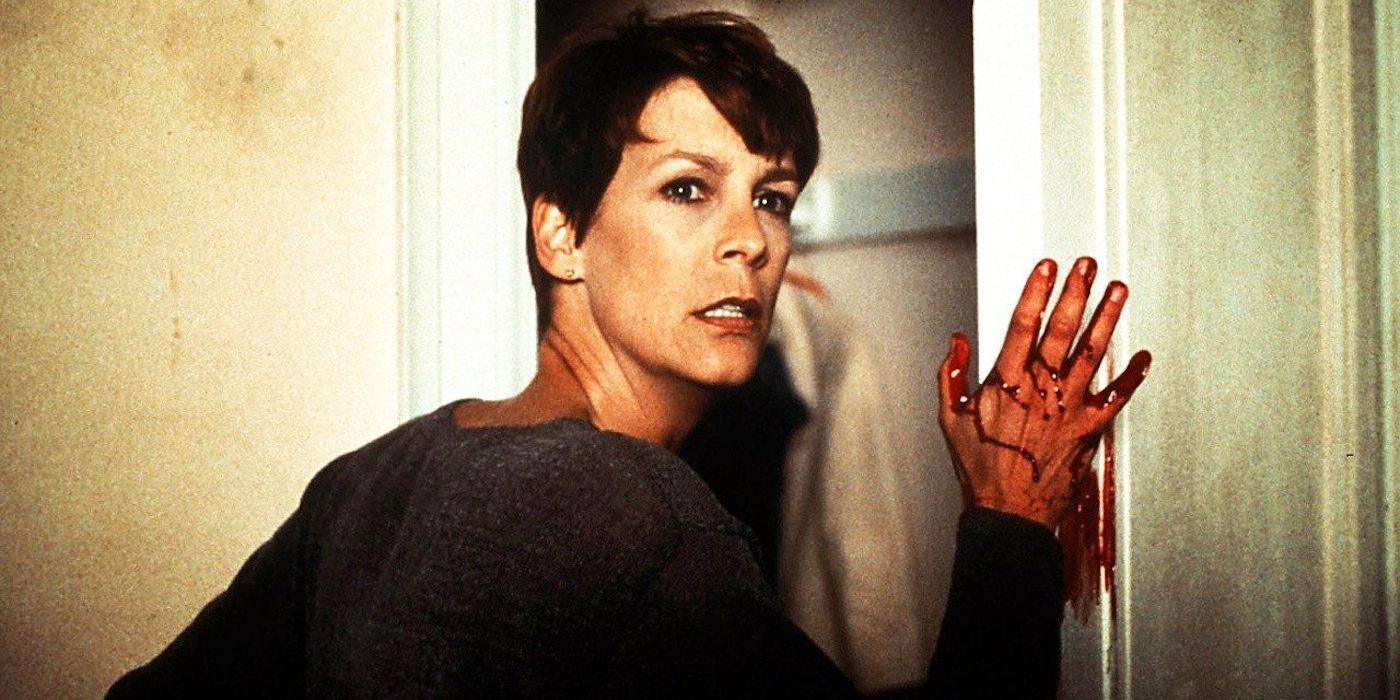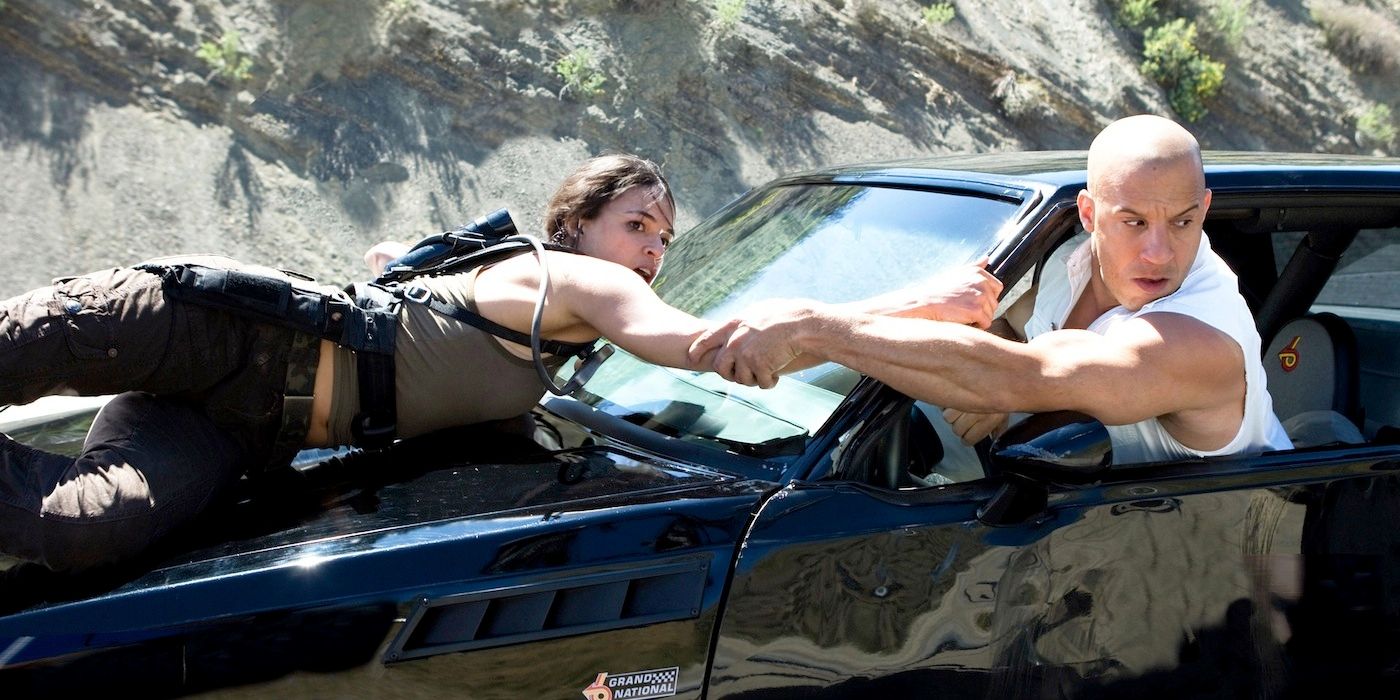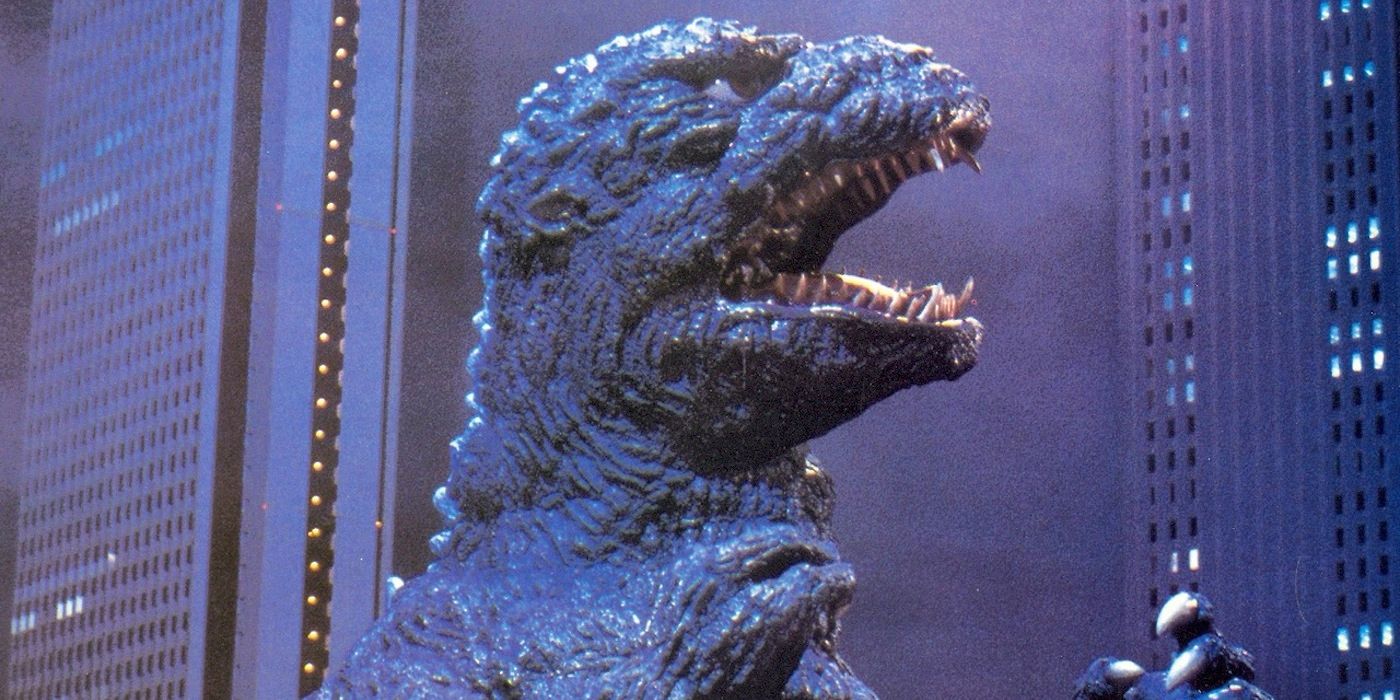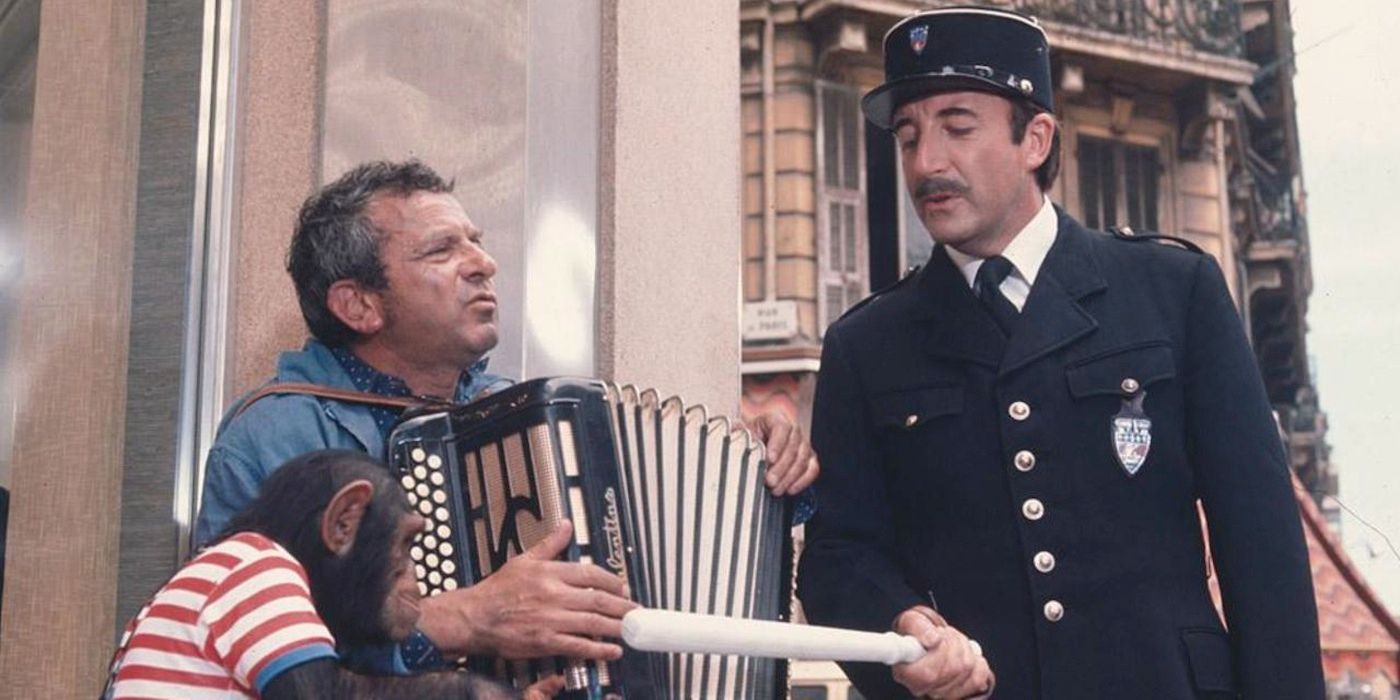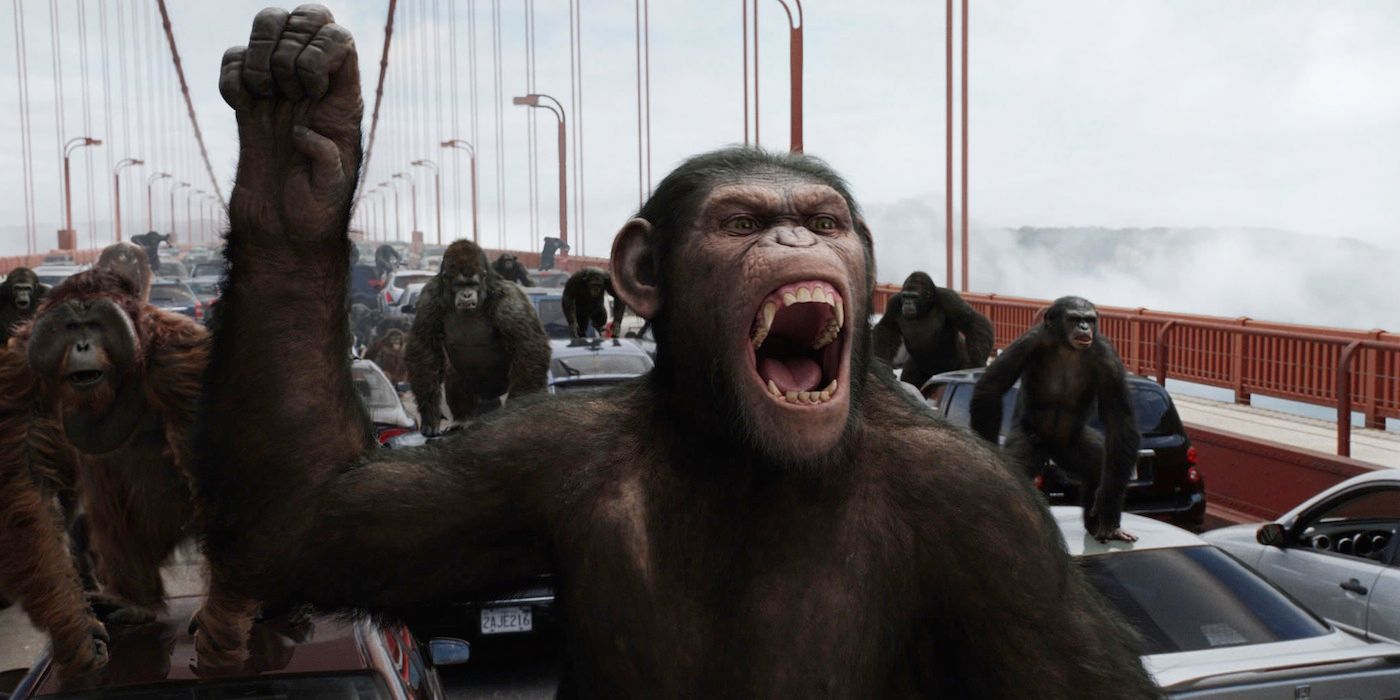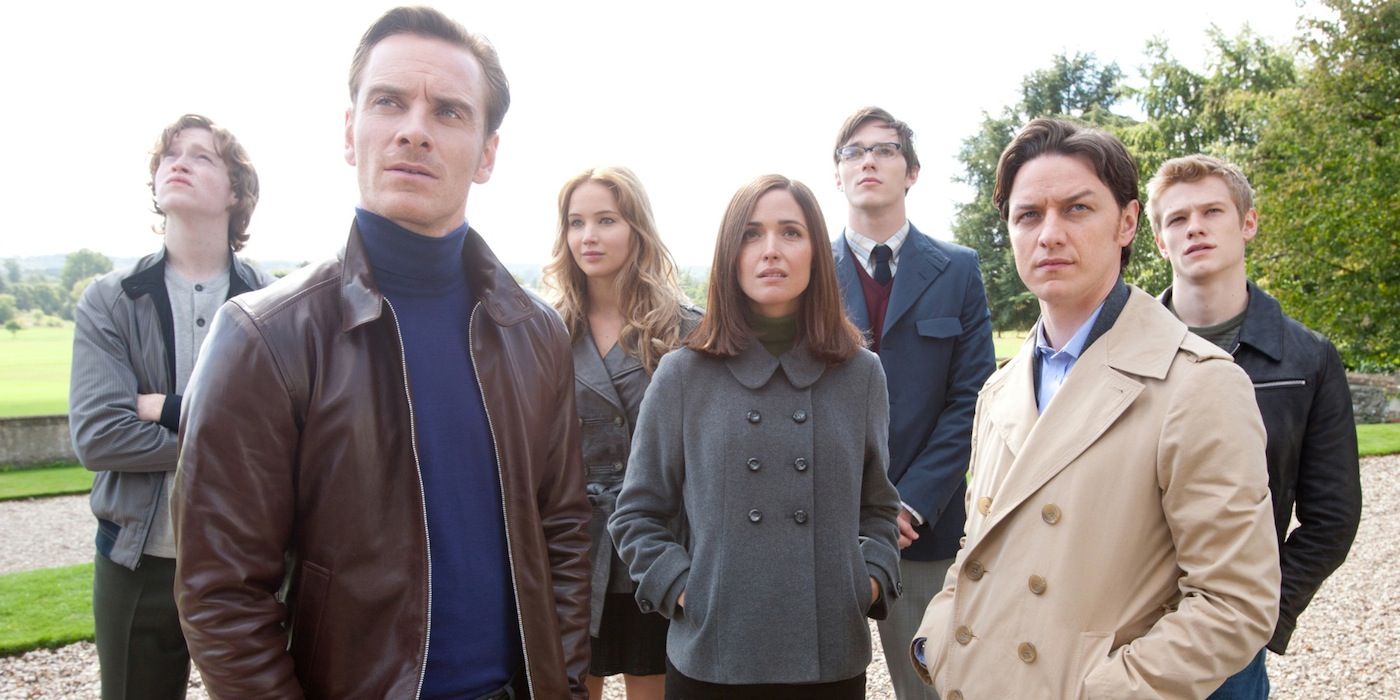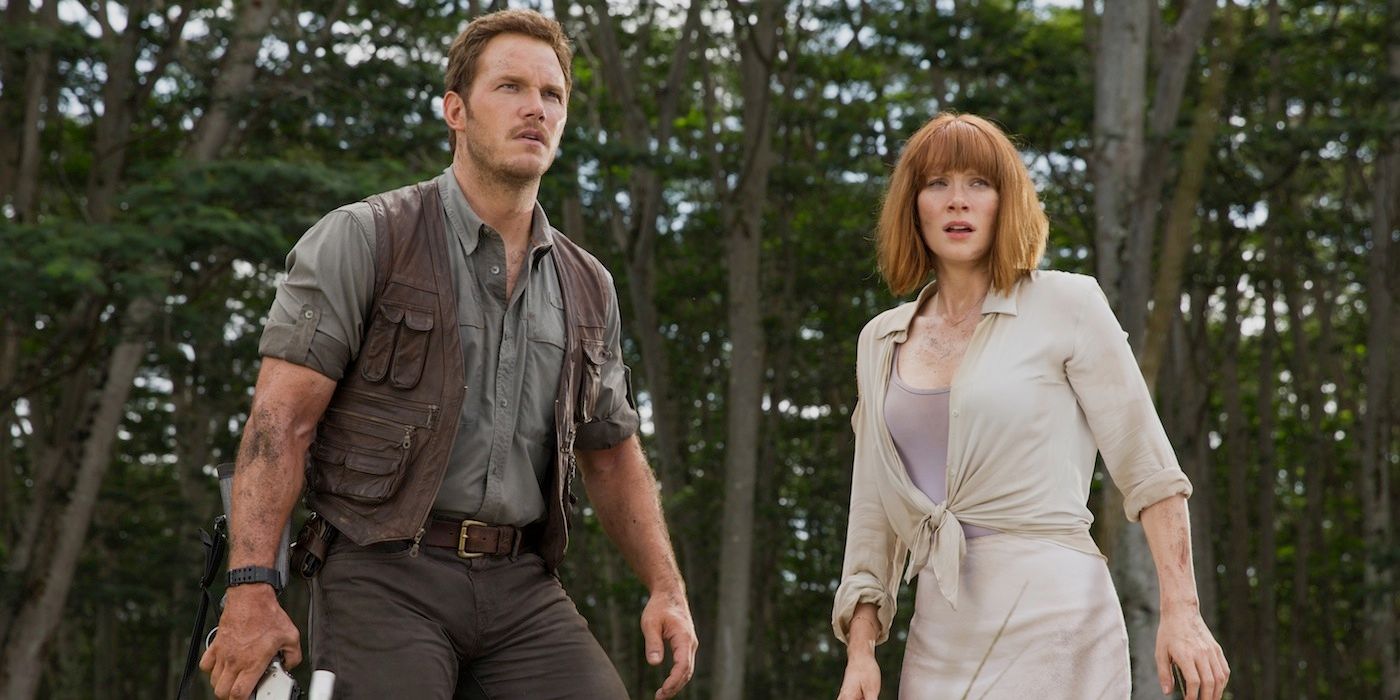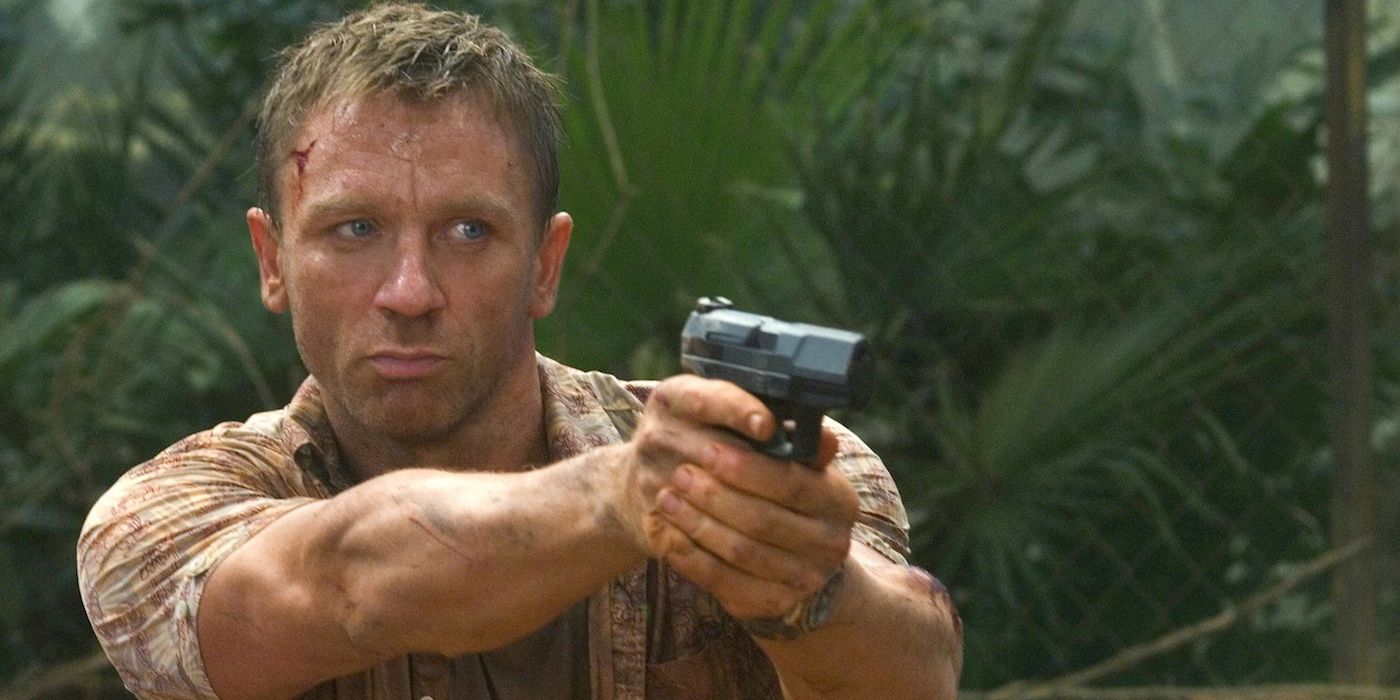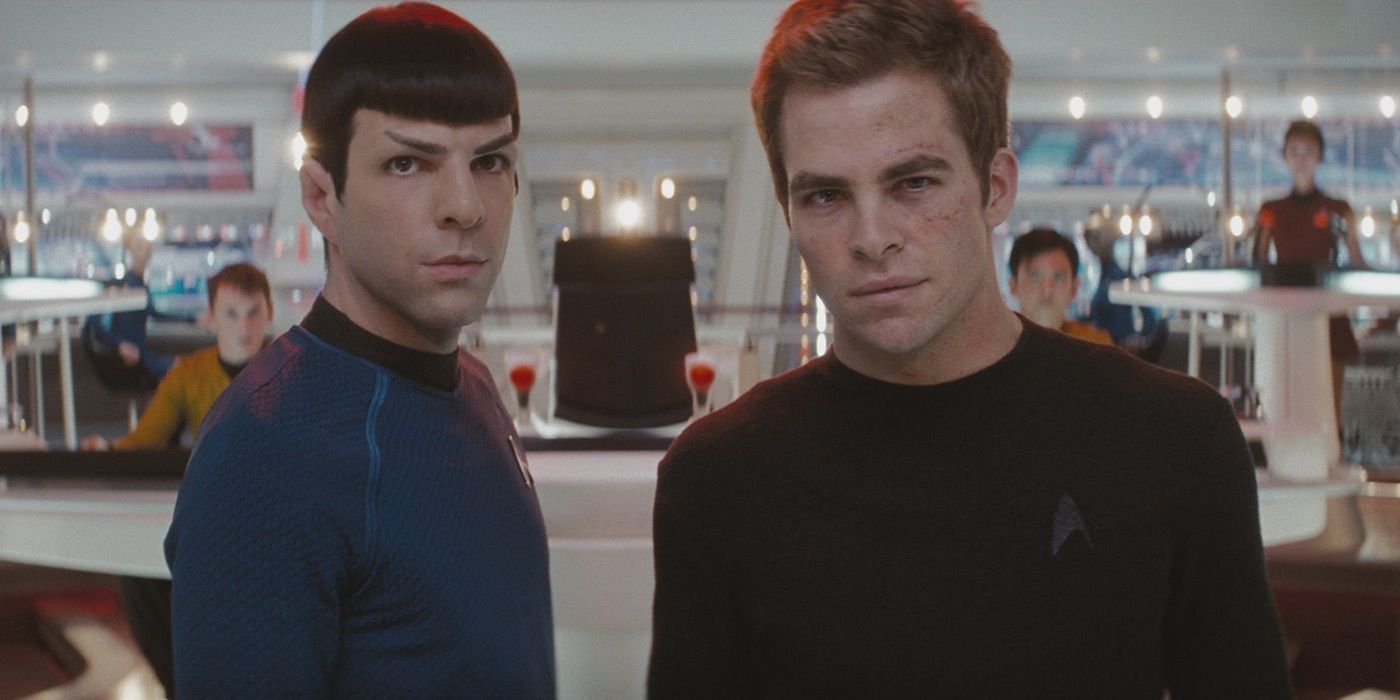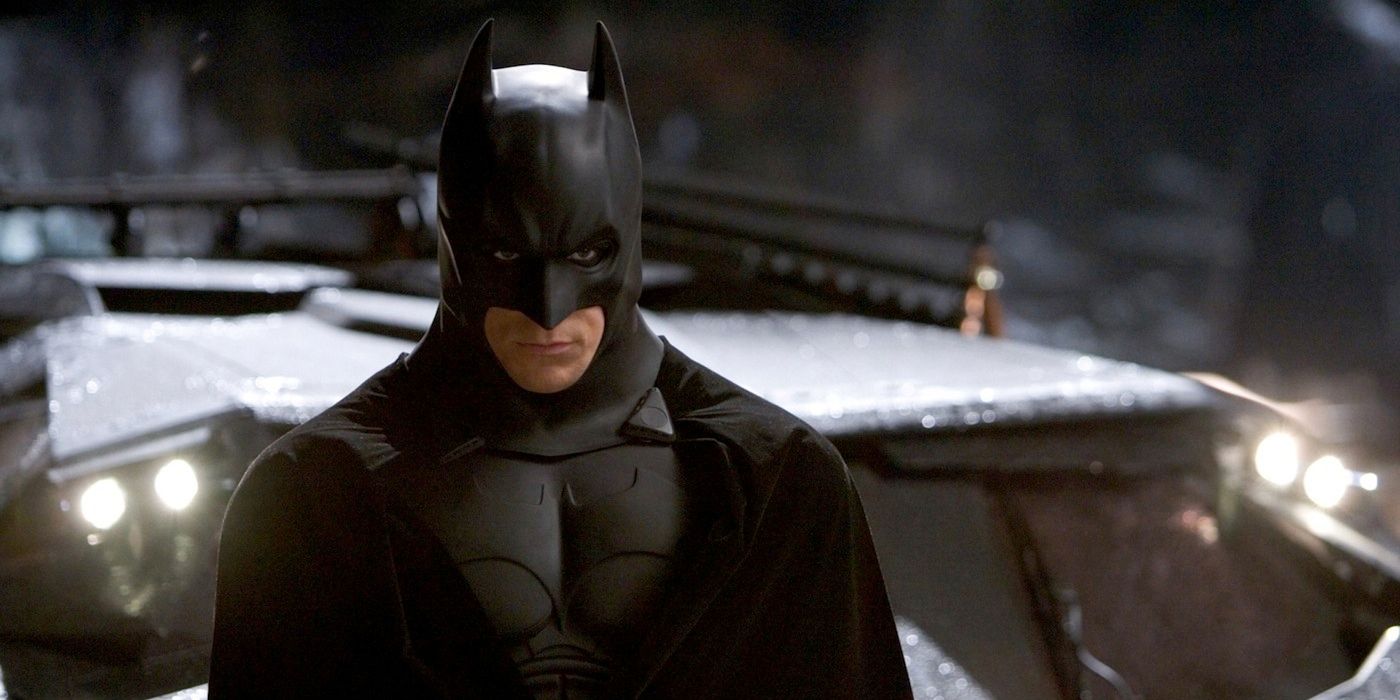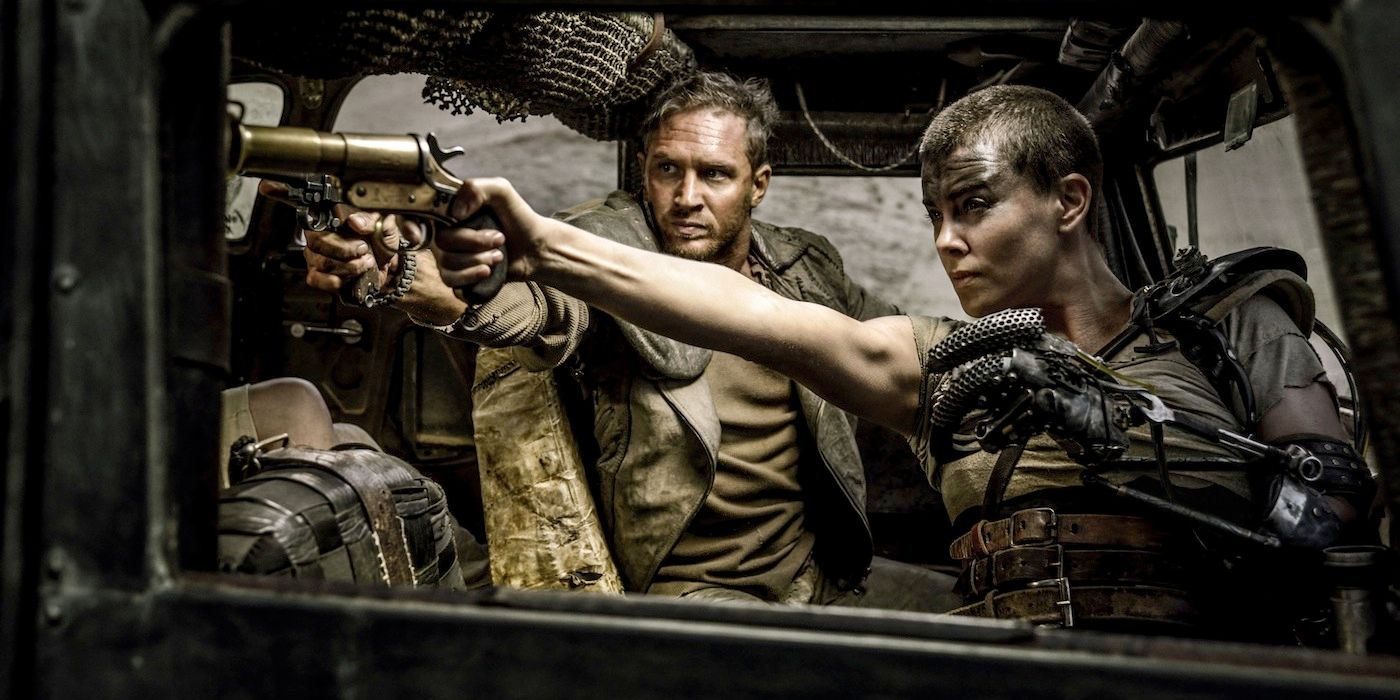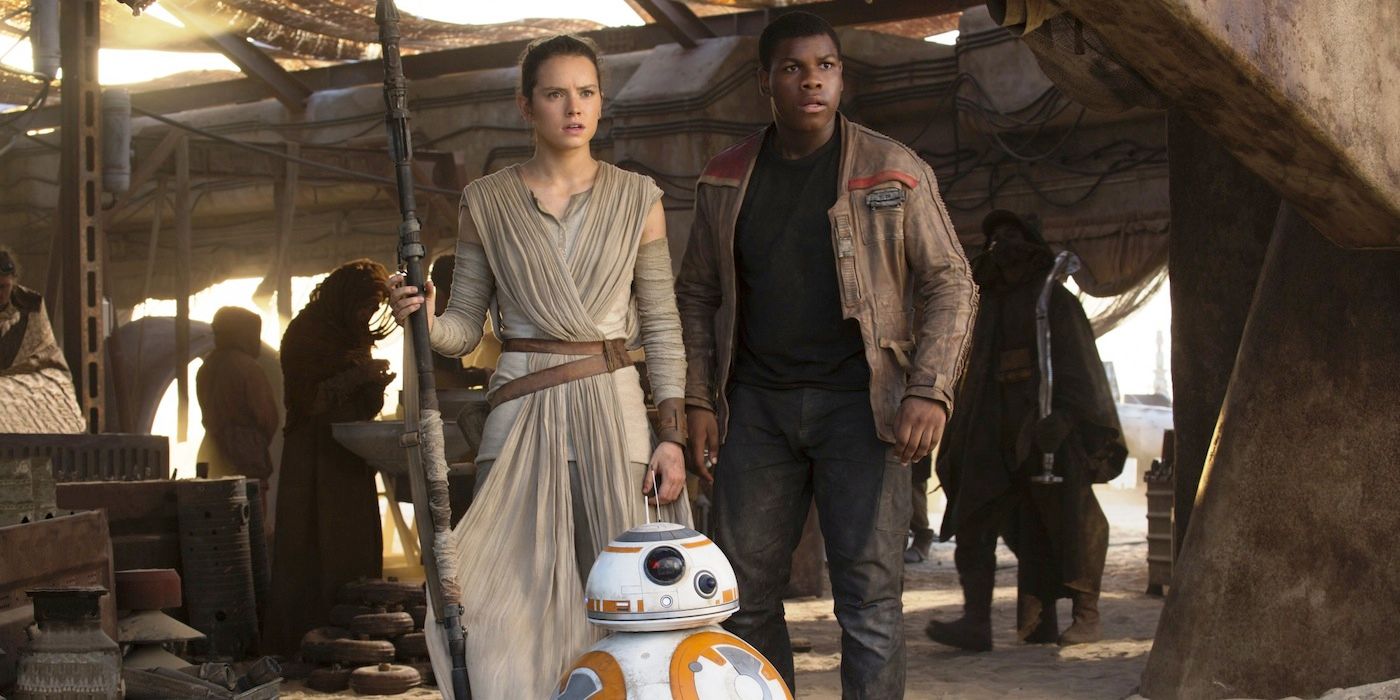Failing franchises are tough to look away from. They start off magically, slightly underwhelm with a return trip, and eventually burrow such a deep hole in the ground that any self-respecting fan is forced to call it a day. It’s not a fun journey. To be fair, however, pretty much every movie series in history has fallen victim to this unflattering slump; whether through misguided finales (X-Men: The Last Stand) or painfully inept spinoffs (Fast & Furious: Tokyo Drift). The trick isn’t so much avoiding a flop, but being able to bounce back from the fallout and forge a new road forward.
Of course, doing so is much easier said than done. For every intergalactic revival like Star Wars: The Force Awakens, there’s an equally doomed series looking down the barrel of a miffed audience (Terminator Genysis). Both are descendants of movie royalty, though it’s painfully obvious which one will be remembered in twenty years (hint, not the one with the spelling error). But we aren’t here to harp on those that have jumped the shark or overstayed their welcome. Instead, this list is intended to celebrate the gems that brought their brand back from the dead (or undead). Take notes, struggling franchises.
Here are Screen Rant’s 15 Movies That Completely Revived A Franchise.
15. Prometheus (2012)
Few prequels pulled more anticipation than 2012’s Prometheus. Returning to the Alien saga he helped create, director Ridley Scott made no attempts to quell the hype, especially after years of discussing his original plans for the franchise. Besides, the idea of mankind’s creation was far and away more enticing than anything Alien: Resurrection had to offer in 1997. That project, despite the presence of Sigourney Weaver and Winona Ryder, proved too dull for even the most hardcore of Ripley fans, and subsequently killed the series on impact. Scott’s intention with Prometheus was to instead capture the sinister science fiction that made first Alien (1979) such a classic.
Did he succeed? Yes and no. The film went on to score hefty financial success, easily topping the total gross of its parent quadrilogy. Lead performances from Noomi Rapace and Michael Fassbender were praised for their intensity, as were the evolved visual effects that graced each scene. To many, however, Prometheus viewed a bit underwhelming; lacking in the narrative and potential grandeur that Scott has proven so capable of in the past. But renewed interest with Alien: Covenant and Alien 5 have clearly shown that fans are back aboard the Alien train.
14. Land of the Dead (2005)
George A. Romero is the czar of zombie directors, plain and simple. The man originated the genre as we know it, and his films have continued to stand as high water marks of lowbrow gore. 1985’s Day of the Dead continues in this classical vein, though a lack of critical acclaim was noted; several critics took issue with the story’s overt darkness and amateur acting. The film would turn out to be the last Dead installment for nearly three decades (barring Zack Snyder’s Dawn remake). When Romero finally did return, with 2005’s Land of the Dead, he proved that he still had what it took to shock with the best of them.
Chronologically set after the rest of his zombie saga, Land finds a post-apocalyptic band of survivors duking it out with the undead amidst feudal government debates. It is a zany display of mayhem, with Romero wielding his largest budget to date ($16 million) through eccentric set-pieces and divisive direction. The resulting financial success opened the door for a whole new generation of Romero fans, who have since been given Diary of the Dead (2007) and Survival of the Dead (2009).
13. Creed (2015)
Critically and commercially successful in 2006, Rocky Balboa was always intended to be a curtain closer. Unbeknownst to Stallone, however, there was still more of the Rocky story to tell, and it took the convincing of indie director Ryan Coogler to bring it to life. Released on the same day as the 1976 original, Coogler’s spinoff/sequel Creed wound up a rousing success, invigorating the franchise while honoring its forty year legacy.
The film transitions Rocky into a mentor role, while the lead competitor takes the form of Adonis Creed (Michael B. Jordan), illegitimate son of former champ Apollo (Carl Weathers). Coogler basks in his influence while still retaining style, and both he and acting muse Jordan manage to carve out their own underdog lane in the process. With Stallone’s earthy charisma as the cherry on top, Creed finds an ideal old-to-new ratio that’s often attempted but rarely achieved. It’s anyone’s guess as to what Adonis and Rocky will be up to when it comes time to make Creed 2.
12. Halloween H20: 20 Years Later (1998)
It might be a tough sell, especially with the eye rolling title, but this seventh installment in the Halloween franchise actually managed to spark much needed interest in 1998. Capitalizing on the twentieth anniversary of the first film, H20 was intended as a direct descendant to Halloween II (1980), rendering the events of all other sequels as non-canon. Jamie Lee Curtis furthered this cred by reprising her role as Laurie Strode, traumatized sibling of Michael Myers and lone series survivor. It was a bold move for screenwriters Robert Zappia and Matt Greenberg, but in the wake of slasher smashes like Scream (1996) and I Know What You Did Last Summer (1997), the Myers shelf life was running a bit thin.
As it turns out, the narrative refitting was just what the series needed, and H20 went on to become the highest grossest entry since John Carpenter’s original. Critics reacted positively, while praise of Curtis and teenage son Josh Hartnett helped Halloween gain enough ground to compete with the younger crowds. The fun wouldn’t last very long due to 2002 misfire Halloween: Resurrection, but for a brief time, Haddonfield was definitely having a moment.
11. Fast & Furious (2009)
The Fast & The Furious franchise was a done deal by the late 2000s. Spinoff project Tokyo Drift (2006) was derided across the board, leaving the glory days of Paul Walker and Vin Diesel as nothing more than a distant rearview memory. Then, almost as if awoken from a deep sleep, the original cast got back together and jumped into 2009’s Fast & Furious without missing a beat. Confusing title aside, this narrative follow-up to the first film circled back to much of what made the 2001 thriller such a rapid delight.
In hindsight, there isn’t much separating this thing from the hundreds of straight-to-DVD flicks that bear similar intentions. What Fast & Furious does have, however, is camaraderie, as the duo of Dom Toretto (Diesel) and Brian O’Connor (Walker) more than make due with Los Angeles pileups and Central American locales. This fourth entry may not be the best, but it still managed to revive the franchise’s box office numbers and set in motion the super-smashes (Fast Five, Fast & Furious 6, Furious 7) that followed.
10. The Return of Godzilla (1984)
Another case of a rejuvenator with polarizing content, this 1984 adventure nevertheless proved vital to the greater Godzilla franchise. Everyone’s favorite nuclear creature had been dragged through the kitsch of Japan’s Showa period, which spanned most of the 60s and 70s. It was here that the one time embodiment of atomic fear became an anthropomorphic superhero with arch foes and a spinoff series with his son Minilla. In short, there wasn’t much bite left to the cuddly monster by the time Toho Studios decided to hit the reset button with The Return.
Deciding to take things in a notably darker direction, filmmaker Koji Hashimoto and series creator Tomoyuki Tanaka crafted a direct sequel to the 1954 original, which had Godzilla back in his destructive wheelhouse. Rightfully feared by humans instead of cheered on, this drearier tone also explored the genetic angle of Godzilla, which brought about a focus on science and the societal implications of his existence. It may have gotten off to a rocky start with critics, but this marked departure allowed future successes like Godzilla 2000 (1999) and 2014’s American reboot to proceed under less kooky consequences.
9. The Return of The Pink Panther (1975)
Director Blake Edwards and star Peter Sellers struck gold with the one-two punch of The Pink Panther (1963) and A Shot in the Dark (1964). Effortlessly capturing the calamity of the iconic Inspector Clouseau, it was obvious that both men were the perfect combination for the job. Unfortunately, neither of them chose to reprise their duties in third installment Inspector Clouseau, released in 1968 with Alan Arkin in the title role. Panned outright as a sad attempt to keep the franchise going, it all but closed the book on The Pink Panther’s big screen success.
Yet time, as it so often does, softened the idea of a reunion, especially with the careers of Sellers and Edwards steadily declining by 1975. Aptly titled The Return of The Pink Panther, this return to form was another international success, serving to revive both men’s careers and the franchise in one fell swoop. They would craft two more adventures in 1976 and 1978, making that whole Alan Arkin business nothing more than a bumpy detour.
8. Rise of the Planet of the Apes (2011)
The original Planet of the Apes was a surprise sensation in 1968, unsurprisingly followed up by a slew of decent sequels. Attempts to remake the project in 2001 were met with universal eye-rolls, canceling out any potential for a franchise despite noted financial success. As a result, the Apes moniker was pretty much open for business come the new decade, and director Rupert Wyatt responded by cranking out the best installment since the Charlton Heston original. Choosing to tell the origin story of Earth’s primate takeover, Wyatt and motion-capture star Andy Serkis convey a journey of genetic tinkering gone wrong in the worst possible way.
In honoring the lineage that came before, screenwriting duo Rick Jaffa & Amanda Silver create a wholly unique take, remolding accepted mythology and fleshing out the details that were never fully explained. Having killer CGI certainly helps, but Rise of the Planet of the Apes (2011) excels mainly on the merit of it's quality storytelling. The same turned out to be true for 2014 sequel Dawn of the Planet of the Apes, and will most likely dominate next year’s War of the Planet of the Apes.
7. X-Men: First Class (2011)
Bashing X-Men: The Last Stand (2006) has become commonplace for comic book fans, so we’ll just bypass the insults for this particular entry. The important thing to note is that it thoroughly screwed over whatever momentum the original series had going for it, and set the stage for an equally underwhelming spinoff (X-Men Origins). Needless to say, there was plenty that needed to be fixed by by 2011, and a reboot approach to the franchise proved just the ticket. Under the direction of X-Men newcomer Matthew Vaughn, First Class brought all the excitement and style that Brett Ratner so avoided in 2006 (sorry, no more insults).
Exploring the early days of Professor Xavier (James McAvoy) and Magneto (Michael Fassbender), Vaughn drops the X-Men into a universe of 60s espionage and dapper dealings. The commanding performances of McAvoy, Fassbender, and Jennifer Lawrence definitely upped the ante, but it is ultimately Vaughn’s approach that gave fans confidence going into the new millennium. Without First Class, the stage would’ve never been set for the universally lauded Days of Future Past (2014).
6. Jurassic World (2015)
Following up one of the world’s biggest blockbusters is not a rewarding task, and the two sequels that succeeded Jurassic Park (1993) proved as much. Though both profitable at the box office, they lacked any real pizazz, and led to a production halt on the fourth installment for over a decade. When it finally did get the green light, under the guidance of director Colin Trevorrow, the results were beyond what anyone could’ve ever hoped for. Debuting with a staggering $500 million opening weekend, Jurassic World (2015) did its predecessor one better in the bucks department, amassing over $1 billion worldwide.
Critically, the film also went over well, with many praising the lead performances of Bryce Dallas Howard and newly minted superstar Chris Pratt. Some found fault with the inept similarities to the first film, but overall, the rousing sense of excitement washed over any lingering qualms. Jurassic World is now set to be the first of a new Jurassic trilogy, with the second installment (and fifth overall) arriving on June 22nd, 2018. Between this and Star Wars: Episode IX, Trevorrow is definitely all about the revival game.
5. Casino Royale (2006)
Having previously debuted Pierce Brosnan in GoldenEye (1995), Martin Campbell seemed an odd choice to reinvent the 007 franchise for a new decade. Turns out, the New Zealand director was the ideal man for the job, and his jarring work in Casino Royale (2006) laid the groundwork for all modern Bond directors to follow. Making use of Daniel Craig’s hardened edge, the film retooled established lore by introducing a younger, less proven Bond to make his way through a femme fatale (Eva Green) and a sadistic villain (Mads Mikkelsen).
Campbell’s emphasis on grit as a defining ingredient also made for a changing of the guard; shifting the slick mantle of Brosnan towards a violent flurry of fists and firefights. Released to critical praise and massive box office success, Casino Royale firmly planted 007 alongside modernized heroes like Jason Bourne and Batman (who we’ll get to later). The martinis were still shaken and not stirred, but Craig’s tenure, culminating with director Sam Mendes, have made for some of the most celebrated Bond outings of all time (Skyfall, Spectre).
4. Star Trek (2009)
Star Trek fans were very uneasy when J.J. Abrams came aboard the Starship Enterprise. The TV veteran had already revived the Mission: Impossible franchise a few years prior, but taking on the lore of one of the most adored shows in history was another matter altogether. And while there were those who had an issue with the adaptation even after the film’s release, it was undeniable that Abrams had made of the most successful prequels in recent memory. Echoing Casino Royale’s character reset model, the director takes great care in fleshing out the hectic early days of James T. Kirk (Chris Pine) and Spock (Zachary Quinto).
Writing duo Roberto Orci & Alex Kurtzman cherry picked the best bits of the original show and sprinkle them throughout their mainstream vision, often times leading to geek-out moments like the meeting of the Spocks. Granted, the lens-flared action scenes can rub pundits the wrong way, but there’s little denying that Star Trek is a still a joyous blast of energy to experience. The film was very well received in 2009, and the likewise response towards Into Darkness (2013) spells out good things for this summer’s Star Trek Beyond.
3. Batman Begins (2005)
Perhaps more than any other franchise on this list, Batman was in dire need of a makeover. By 1997, the former trailblazing series had became a cornball contest of bad puns and worse acting. Batman & Robin hammered quality levels so low that even those involved (George Clooney, Joel Schumacher) have since spent their careers apologizing every chance they get. In short, a change needed to be made; and after a few close calls with Darren Aronofsky and Wolfgang Petersen, Batman eventually found it's ideal director: Christopher Nolan. Known primarily for his neo-noir material, the U.K. auteur sought a realistic take on the Dark Knight myth, and opted for a distinct character study approach.
This direction is precisely why Batman Begins (2005) excels. Played with tremendous depth by Christian Bale, Nolan’s take on the role revitalized the series and revolutionized the genre in subsequent years. After Begins and follow-up masterpiece The Dark Knight (2008), there was little debate as to what the definitive Batman would look like on the big screen. Christopher Nolan supplied it; in the process rescuing one of pop culture’s most revered heroes.
2. Mad Max: Fury Road (2015)
George Miller spent nearly twenty years trying to get a fourth Mad Max made. But pre-production woes, studio arrangements, and the 9/11 attacks inhibited any progress, to the point where he even considered making an animated version instead. Thankfully, the tenacious Miller held out, and was finally able to secure financing through Warner Bros. Pictures with new star Tom Hardy. Dubbed Fury Road, the picture also gave Miller a chance to rectify the universal dud that was Mad Max Beyond Thunderdome in 1985. Despite the lead magnetism of Mel Gibson, this ill fitting threequel left many fans feeling thoroughly duped.
Expectations for Fury Road were tentative as a result; with fans crossing their fingers for a return to form. The masterpiece that followed, of course, closed the door on any and all concerns with breathtaking ferocity. Packed to the shoulder pad with massive set pieces and gorgeously violent arrangement, Miller bestowed his hero with one of the greatest action films ever made. Recipient of ten Oscar nominations including Best Picture, the director has pretty much rewritten the rulebook on franchise revival.
1. Star Wars Episode VII: The Force Awakens (2015)
The Star Wars prequels were a daunting hurdle for everyone to get over. Subject to some of the most brutal backlash in all of pop culture, it painfully laid shame to the original trilogy’s iconic status. Bearing that in mind, the slightest hint of hope appeared when Disney acquired the series rights in 2012, shortly followed by the announcement of a sequel trilogy. Revival expert J.J. Abrams was hired on to direct, while original writer Lawrence Kasdan crafted a script set thirty years after Return of the Jedi (1983). Publicized appearances from Han Solo (Harrison Ford), Luke Skywalker (Mark Hamill), and Princess Leia (Carrie Fisher) furthered the excitement, while Abrams’ intentional return to Star Wars roots made for a project that sounded too good to be true.
Turns out, Episode VII was truly good. Released with sky high expectations, The Force Awakens (2015) succeeded in its revival mission. Lovingly aligned with A New Hope (1977), Abrams evoked the spirit of past adventures with fresh faces, as newcomers like Rey (Daisy Ridley), Finn (John Boyega), and Poe (Oscar Isaac) joined Solo and Chewbacca without missing a step. Critically praised and easily sliding past the $2 billion mark, it has proven the most successful franchise resurrection to date. And with Episode VIII under the helm of Rian Johnson, it doesn’t look as though it'll be slowing down anytime soon. The franchise is strong with this one.

